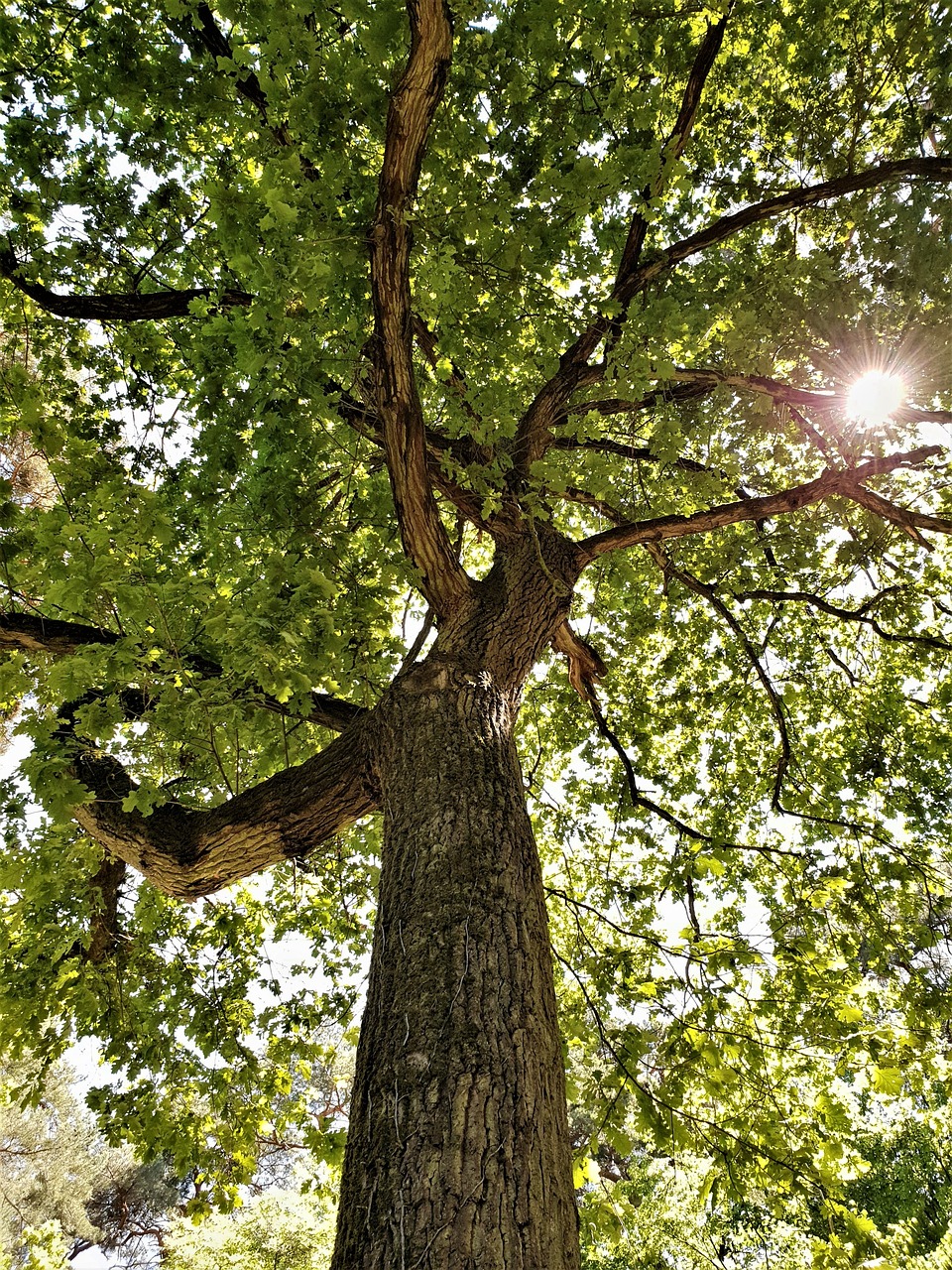
A remark that we often hear from the parent community is the magic of the 3rd or 4th year (depending if the child started their primary journey at 2.5 years or 3.5 years), when their child turns 5 plus and how many are looking forward to the magic. So, we thought it would be a good idea to address how and what needs to be done for this to occur!
We will start with a brief overview of what happens in that final year of primary classroom (3-6 years mixed age). This ‘older child’ who is now the role model or leader was once the three-year old, who was looking up in awe of his/her older peers and learned the skills of becoming a guide for the younger ones and can now easily navigate through the structure of the community. One of the biggest advantages of a mixed-age group is this community where children take on their roles organically with very minimal adult intervention. This child is now able to exercise the self-control that he has been practicing diligently and is able to place the groups needs above their own! They become the discipline keepers and typically tend to point out those that are ‘not following the rules’ Often this is perceived as tattle telling by the adult, but the child is merely exercising his/her moral compass. The egalitarian nature of the Montessori classroom reinforces to them that knowledge is to be shared and by helping another, we crystallise our own learning.
However, this does not happen automatically when the child hits the chronological age of 5 or more. This is more a culmination of all that the child has seen at home and in the classroom and absorbed as a part of his psyche. This could happen earlier for some children and later in others. These skills are fostered throughout a child’s time in the Montessori classroom and at home living life every day, gaining independence (provided it is offered to the child) and solidified in that final year. This really is, as Maria Montessori writes in the Absorbent Mind, ‘Education for Life’.
Montessori preschool, done well, is a 3-4 year cycle, where there is a partnership and clear understanding of how a child learns. They typically start at age three and spend a lot of time learning foundational skills during the next two years. They spend time learning to strengthen their arm, wrist and hand muscles doing activities such as pouring water, washing tables, transferring objects with spoons etc. While the direct aim is to refine the pincer grip, this aids in building the ever-so important Independence, that we keep harping on! All of this has a layered effect on the personality of the 5.5-year-old in the final magical year.
They also develop the skill of concentrating, by building the pink tower, fixing the puzzle pieces of the various continents and colouring in the maps and much more. Working in an uninterrupted manner is crucial as it affects the concentration which indirectly leads to poor sitting tolerance in later years. It also affects the confidence of the child and hence it is important to be aware if the adult has become the obstacle for this blooming child.
They are gradually introduced to the letters of the alphabet with sound games and by tracing sandpaper letters and will begin to build words with the moveable alphabet, and start to learn about math with number rods, spindles, and the bead materials. An in-built trait of all of these activities is the ability to choose independently, complete multi-step processes, focus for extended periods of time on a activity while building increasing social emotional skills such as asking for help politely and helping a peer with a task they are struggling with and more.
While all of this can be mechanically taught to the child, care needs to be taken to look for these subtler indicators of readiness. Learning only occurs in a healthy brain that is ready to absorb. While a child can copy off the board with enough repetition, true writing is an expression of the child’s inner thoughts. For that to occur, it is crucial that the child be ready with an explosive vocabulary which should be given in abundance in the younger years. A rich early-years foundation is key to the final year children being good readers and writers.
Having said that, once the child has honed these foundational skills, reading and writing are keys to independence. It is our moral responsibility to ensure that children are reading and writing comfortably when they can do so, else we will be doing them a dis-service. If the child is resisting any of these activities, it is key that we find out where the resistance is coming from and look for means to make it joyful. Art is one such powerful medium to encourage a love of writing and reading to the children copiously is a great habit to inculcate, right from infancy.
All of these are beautifully layered one over the other and so it is imperative that each layer is woven with care and attention. If all this occurs, then the magic happens in the final year, where the children make a huge leap in their capabilities. It seems like an explosion but is actually a well curated journey for the child. Montessori cannot be piecemealed as it is a delicately balanced structure that depends upon many factors such as the home and school environment not being too starkly different from each other, consistency shown by all the adults, a dependable routine for the child, respectfully set limits and adherence to boundaries and many such Montessori principles. The gift of this final year should never be taken away, as it sets the child up for future academic and social success, provided all these foundational tasks are set in place in the preceding years.





No comment yet, add your voice below!